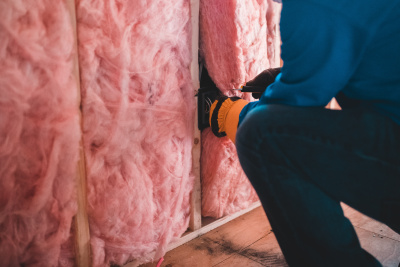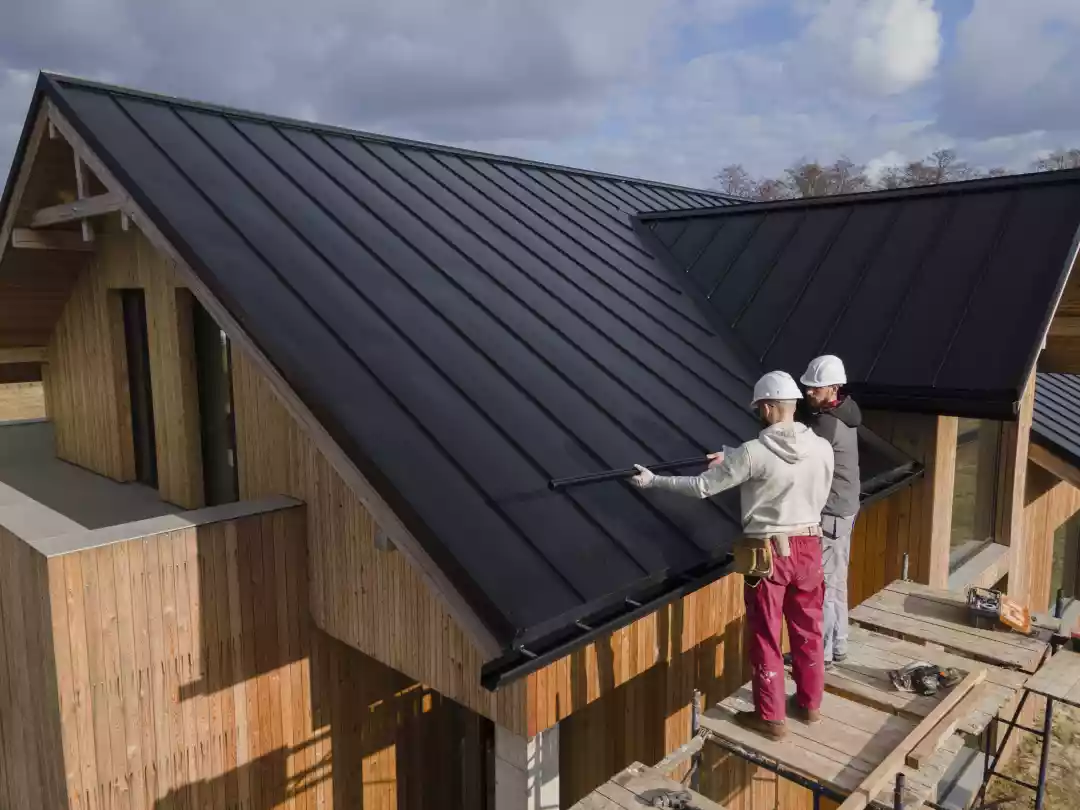What Is Reflective Insulation?
A type of thermal insulation called reflective insulation is intended to significantly lessen the amount of heat that enters or escapes from a space. It functions by reflecting solar and radiant energy that has been absorbed by nearby objects, often preventing that energy from entering the space where it is situated. Roofs, walls, foundations, and any other surface that has to maintain a certain temperature can all benefit from reflective insulation. The most popular kind of reflective insulation is constructed of a highly reflective substance that is covered in a barrier, often made of aluminium foil.
Where To Use Reflective Insulation
Reflective insulation is most commonly used in residential and commercial buildings, such as homes, office buildings, warehouses, and factories. It can also be used in domestic appliances, such as air conditioners, refrigerators, and ovens. To ensure optimal performance, reflective insulation should be installed in areas that are exposed to direct sunlight or have a high surface temperature. As well as this, it can be used on walls, roofs, and foundations to provide insulation in climates where extreme temperatures can be experienced.

Need assistance finding loft insulation near you?
Get a QuoteHow Reflective Insulation Works
Reflective insulation works by diffusing heat in two different ways away from the target area. The first is by way of introspection. The structure receives less heat because the reflecting surface reflects the sun's rays away from it. The second method involves establishing a thermal break by separating the reflecting surface from the insulation with an air space. This air space functions as an air cushion to retain the heat and keep it from seeping into the space.
What Is Reflective Bubble Insulation?
Reflective bubble insulation, also known as bubble wrap insulation, is a type of reflective insulation which consists of layers of insulated bubbles, often made of plastic, covered with a reflective metal or fibreglass coating. This allows the bubbles to reflect the heat away from the target area, thus making an effective barrier against heat transfer. While bubble insulation has some limitations, such as being vulnerable to puncture, its reflective properties can help reduce energy loss by up to 24%. Additionally, the metallized layer prevents ultraviolet radiation from entering the building.
Benefits of Reflective Insulation
Reflective insulation provides several advantages, including enhanced comfort, lower noise levels, increased energy efficiency, and defence against mould and mildew. Reflective insulation can lower the amount of energy required to heat or cool an area by reflecting heat away from the target area. Additionally, the air space left between the reflecting surface and the insulation contributes to better temperature control inside the structure. The reflecting qualities further offer extra defence against moisture, mould, and mildew while lowering noise levels by preventing sound from entering the structure. Last but not least, reflective insulation may be put in place without the need for complicated equipment or specialised tools.
In this article:
